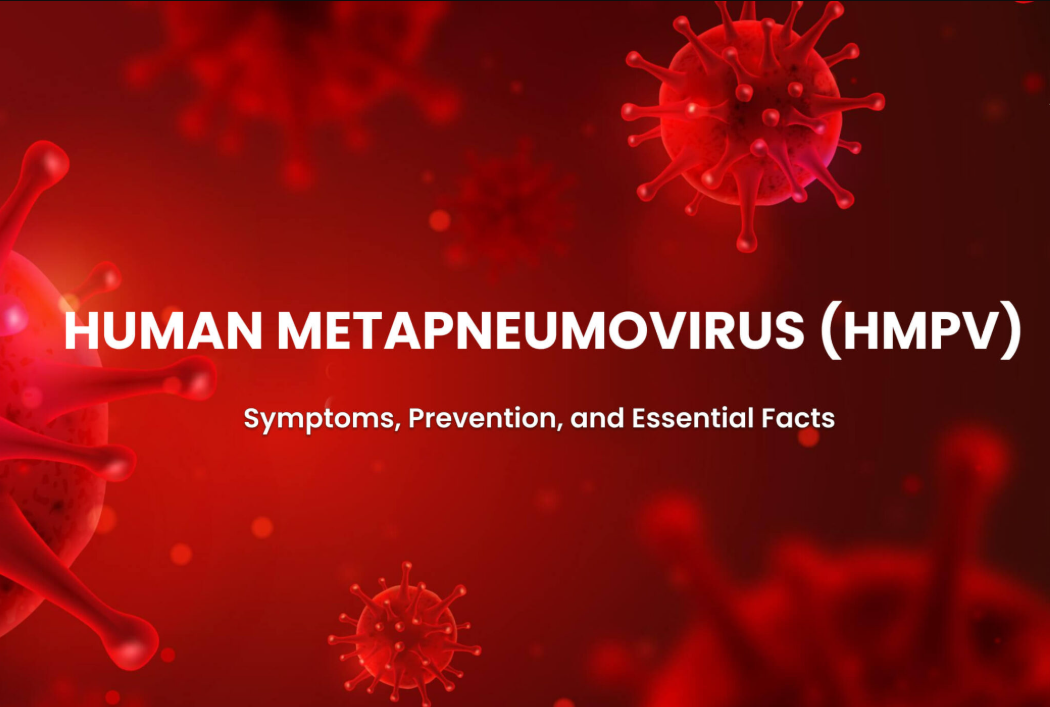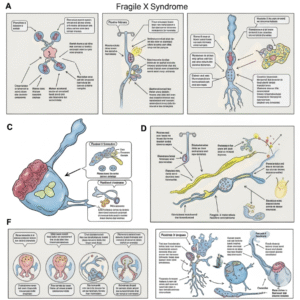Overview
Human Metapneumovirus (HMPV) is a respiratory virus that causes infections ranging from mild cold-like symptoms to severe respiratory illnesses, particularly in young children, older adults, and individuals with weakened immune systems. In Korea, HMPV infections are increasingly recognized as an important cause of pediatric hospitalizations during seasonal outbreaks. Advanced diagnostic tools and comprehensive respiratory care services are widely available in Korean hospitals, making early detection and management possible.
What is HMPV?
Human Metapneumovirus (HMPV) is a respiratory pathogen belonging to the Paramyxoviridae family, first identified in 2001. It is closely related to respiratory syncytial virus (RSV) and often causes similar symptoms. In Korea, HMPV infections occur mainly in late winter and spring, overlapping with influenza and other viral outbreaks. It affects children under 5 most frequently but can also cause serious illness in the elderly and those with chronic lung or heart conditions.
Symptoms
- Runny nose
- Cough
- Fever
- Sore throat
- Shortness of breath or wheezing
- Fatigue and malaise
- In severe cases: bronchiolitis or pneumonia
Causes
- Infection is caused by direct exposure to HMPV, spread through respiratory droplets when an infected person coughs or sneezes.
- Indirect transmission can occur through contaminated surfaces or close contact.
- Seasonal outbreaks in Korea are linked to crowded indoor environments, such as schools and daycare centers.
Risk Factors
- Infants and young children (especially under age 2)
- Elderly adults (65 years and older)
- People with weakened immune systems
- Individuals with chronic lung or heart disease
- Exposure in group settings like daycare, nursing homes, and hospitals
Complications
- Bronchiolitis
- Pneumonia
- Asthma flare-ups in predisposed patients
- Severe respiratory distress requiring hospitalization
- Increased risk of secondary bacterial infections
Prevention
- Frequent handwashing with soap and water
- Use of hand sanitizers when outside
- Wearing masks during viral outbreak seasons (common practice in Korea)
- Avoiding close contact with sick individuals
- Regular disinfection of shared items and surfaces
- Good indoor ventilation to reduce viral spread
Treatment Options in Korea
Currently, there is no specific antiviral medication for HMPV; treatment focuses on supportive care and symptom management. Korea provides high-quality respiratory care with modern facilities for both children and adults:
- Diagnosis:
- PCR (polymerase chain reaction) tests to identify HMPV from nasal or throat swabs
- Chest X-rays and CT scans for pneumonia or severe lung involvement
- Blood tests to rule out bacterial coinfections
- Medical treatment:
- Fever management with acetaminophen or ibuprofen
- Hydration and rest
- Oxygen therapy in severe respiratory distress
- Bronchodilators for wheezing or asthma exacerbations
- Hospital-based supportive care for infants and elderly patients
- Specialized hospitals in Korea:
- Seoul National University Children’s Hospital offers advanced pediatric respiratory care
- Asan Medical Center provides multidisciplinary treatment for viral pneumonia
- Samsung Medical Center specializes in respiratory infection diagnostics and intensive care support
- Research and vaccines:
- While no vaccine is available yet, Korean research institutions actively participate in global clinical trials for HMPV vaccines.
With its world-class hospitals and robust public health system, Korea ensures rapid diagnosis, effective management, and strong preventive measures for HMPV infections.













